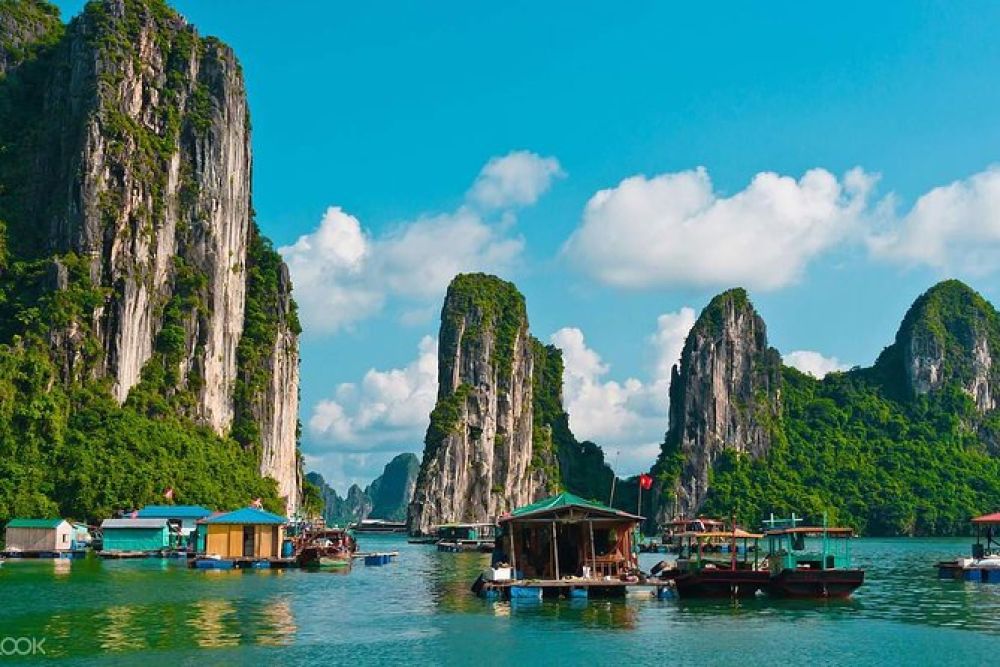

Cat Ba Island, part of the larger Ha Long Bay area in Vietnam, has a rich history intertwined with cultural heritage and natural beauty. Recognized by UNESCO as a World Heritage Site in 1994, Ha Long Bay, and subsequently Cat Ba Island, experienced a significant boost in tourism popularity. Cat Ba, the largest of the 366 islands spanning 260 square kilometers that comprise the Cat Ba Archipelago, was not immediately on the tourist map until Ha Long Bay's international acclaim highlighted the region's wonders.
Originally, the island was a quiet retreat for local fishermen and a small number of adventurous travelers drawn by its rugged charm, dense jungles, and crystal-clear waters. However, over the years, Cat Ba Island has developed into a thriving tourist destination. The local government, recognizing the potential of tourism as a key economic driver, has made substantial investments in infrastructure, hospitality, and conservation efforts.
The late 1990s and early 2000s marked a new era for Cat Ba tourism. The introduction of better ferry services and road systems made the island more accessible to international tourists. The subsequent growth in local businesses, including hotels, restaurants, and tourist services, paved the way for a burgeoning tourism industry.
As part of the latest tourism trend, Cat Ba Island embraced ecotourism. The Cat Ba National Park, established in 1986, covers a majority of the island's area, and it plays a critical role in the island's appeal, drawing in tourists with its unique ecosystem, hiking trails, and diverse wildlife, including the highly endangered Cat Ba langur. Efforts to offer eco-friendly tours and accommodations have multiplied, with the aim of preserving the island's natural beauty while still providing visitors with memorable experiences.
Adventure tourism has also taken off, with activities like rock climbing, kayaking, and deep-water soloing offered throughout the island, catering to thrill-seekers. Moreover, wellness tourism has found a niche in Cat Ba Island, with resorts providing yoga retreats and wellness programs set against the backdrop of the serene island landscape.
More recently, Cat Ba Island has seen a rise in boutique hotels and sustainable tourism practices, signaling a shift towards a more upscale, eco-conscious tourism model. The global pandemic has temporarily impacted the tourism sector, but Cat Ba Island is expected to adapt and evolve, focusing on domestic tourists and sustainable practices to prepare for the return of international travelers.
With ongoing commitments to both development and conservation, Cat Ba Island's tourism sector is poised for a bright and responsible future, continuing to balance the allure of its natural beauty with the needs of the visitors it welcomes.